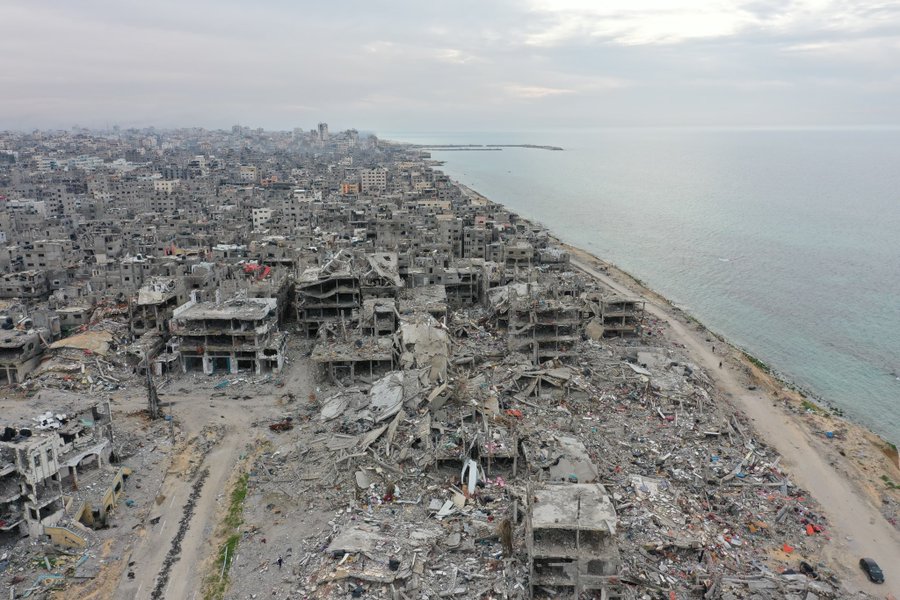Shots for Tots
The last two months have seen the arrival of new vaccines that will prevent illness and death for young children. The Pfizer COVID-19 vaccine for children aged 5-11 and the Mosquirix vaccine to prevent malaria. These vaccines are both preventative and lifesaving technology for children globally. Malaria, which is endemic in Africa where 95% of all cases occur, claims a quarter of a million lives a year. It also has been shown to impact children’s cognitive development and overall development. The malaria vaccine coupled with bed nets and insecticides means less death and illness.
The COVID-19 vaccine will also impact and reduce the number of deaths and illnesses. Children 20 years or younger have accounted for 16% of COVID-19 cases globally, according to the UNICEF COVID dashboard, and .4% of deaths. The COVID data for children do not tell the whole story of the impact of the virus, which includes disrupted access to preventive health interventions, education, food insecurity, and mental and physical illness. The COVID vaccine will impact and improve all those aspects of children’s lives in the U.S and globally.
The next step is ensuring there is an infrastructure in place to deliver these vaccines. Thanks to the fantastic work by UNICEF, GAVI, Shot@Life, and funding from the United States International Affairs Budget and the Global Fund, the structure and monies are in place. These two new vaccines can be added to the lifesaving vaccines already delivered every day to 45% of the world’s children. However, we as citizens have to make sure that Congress fully funds the global vaccine budget, including the Global Fund to Fight AIDS, Tuberculosis and Malaria this year.
The last piece to successful vaccine delivery is social will. That part seems the easiest, but vaccine hesitancy could impede this process. We must meet people where they are and work with trusted community-based organizations and leaders to increase vaccine literacy and knowledge. There also must be an understanding of and solutions to vaccine access so that once people are ready, there is a way to quickly and easily access the vaccines. This will require us to become educated and serve as those who promote vaccine literacy to families, friends, and our communities. Each of us can be that trusted community resource that enables every child to thrive and succeed no matter where they live.



